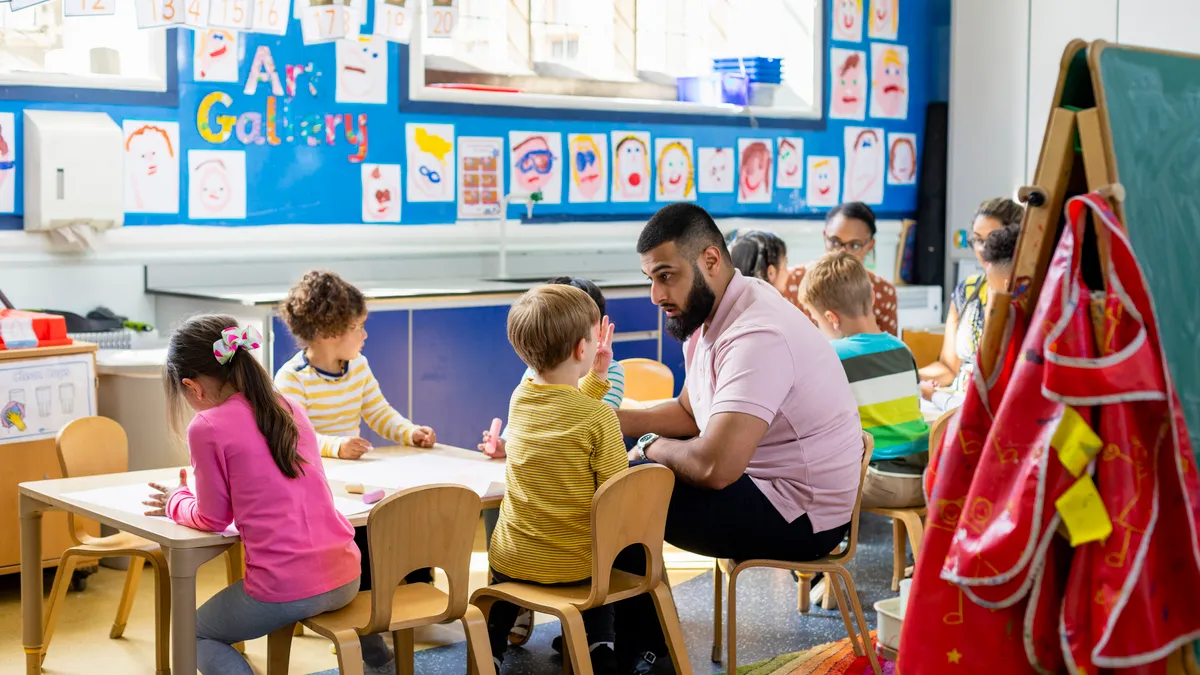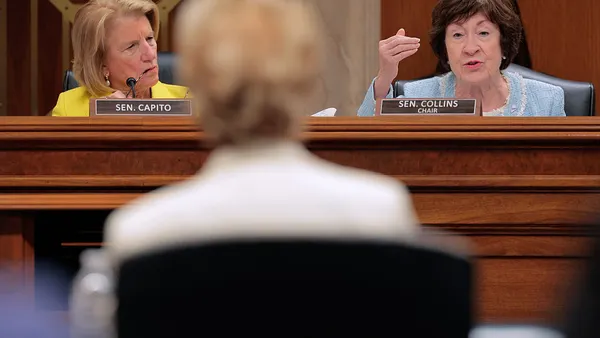As some states loosen college degree requirements for K-12 teachers, special education experts are warning that credentials are not as flexible for teachers of students with disabilities — even as schools struggle to fill special educator vacancies.
The federal Individuals with Disabilities Education Act requires special educators to have at least a bachelor's degree. And although special educators with bachelor's degrees who are not fully certified or licensed can teach in a classroom, IDEA requires those teachers to be enrolled in a traditional or alternative certification program.
Under federal education regulations, uncertified special education teachers who are participating in an alternative certification or licensure program also must:
- Receive high-quality professional development that is sustained, intensive and classroom-focused.
- Participate in a program of intensive supervision that has structured guidance and regular ongoing support for teachers or a teacher mentoring program.
- Teach only for a specified period of time of no more than three years.
States must verify that all special educators are fully certified or enrolled in alternative certification programs when they apply for federal IDEA Part B funds, said Jonté Myers, an assistant professor of special education at Georgia State University who has studied special education alternative preparation routes.
These requirements strike a balance between allowing some flexibility for schools to hire special educators who are not fully certified and ensuring that those teachers are on the path to full certification, Myers said.
"Kids with disabilities require teachers who have specialized knowledge above and beyond the content," Myers said. "They must have knowledge about ways to help students develop better cognitive and metacognitive abilities."
Additionally, special educators need training in classroom management, student assessment and interventions. Special educators, he noted, help plan and implement a student's individualized education program, a required document under IDEA that details the student's instruction, supports and services.
"There is so much more that goes into educating our students with a disability," Myers said.
A chronic shortage of special educators has meant school systems need to have short-term and long-term strategies for filling vacancies, said Lynn Holdheide, co-director of the CEEDAR Center at the University of Florida. The CEEDAR Center is a U.S. Office of Special Education Programs technical assistance center.
"I always say this, if you're going to put a less than fully prepared teacher in a classroom, do it with your eyes open, and make sure you're providing the supports needed for them to be successful and stay," said Holdheide, who is also a managing consultant at American Institutes for Research.
Nearly every state is experiencing a shortfall of special educators. Schools will need 37,600 new special education teachers to serve students with disabilities between 2020 and 2030, Kaitlyn Brennan, policy advisor for the Higher Education Consortium of Special Education, told attendees at a conference earlier this month hosted by the Council of Administrators of Special Education and the Council for Exceptional Children.













